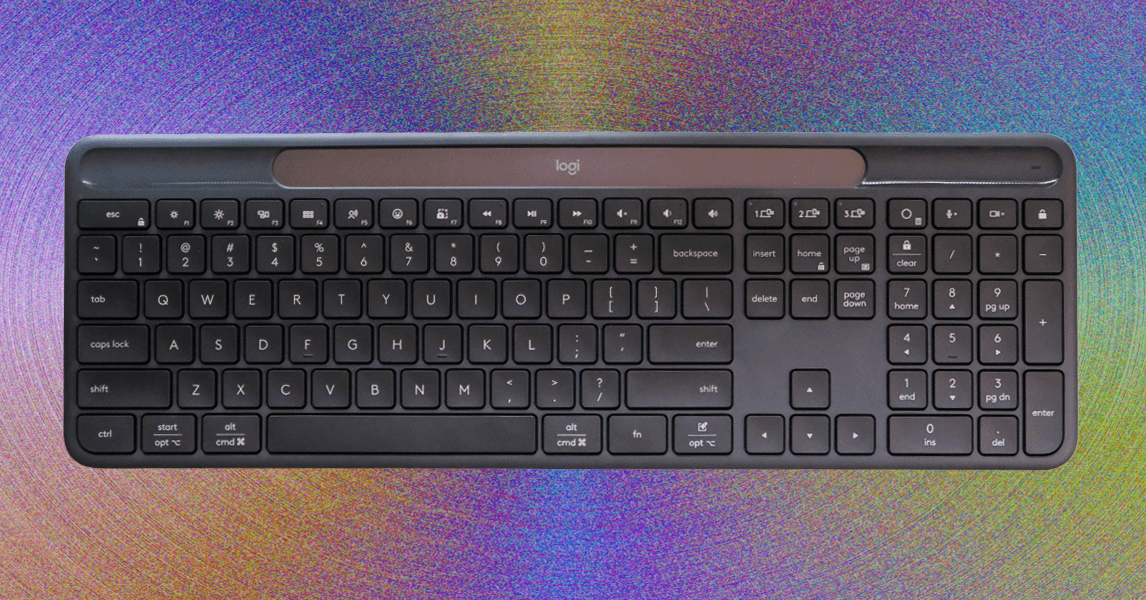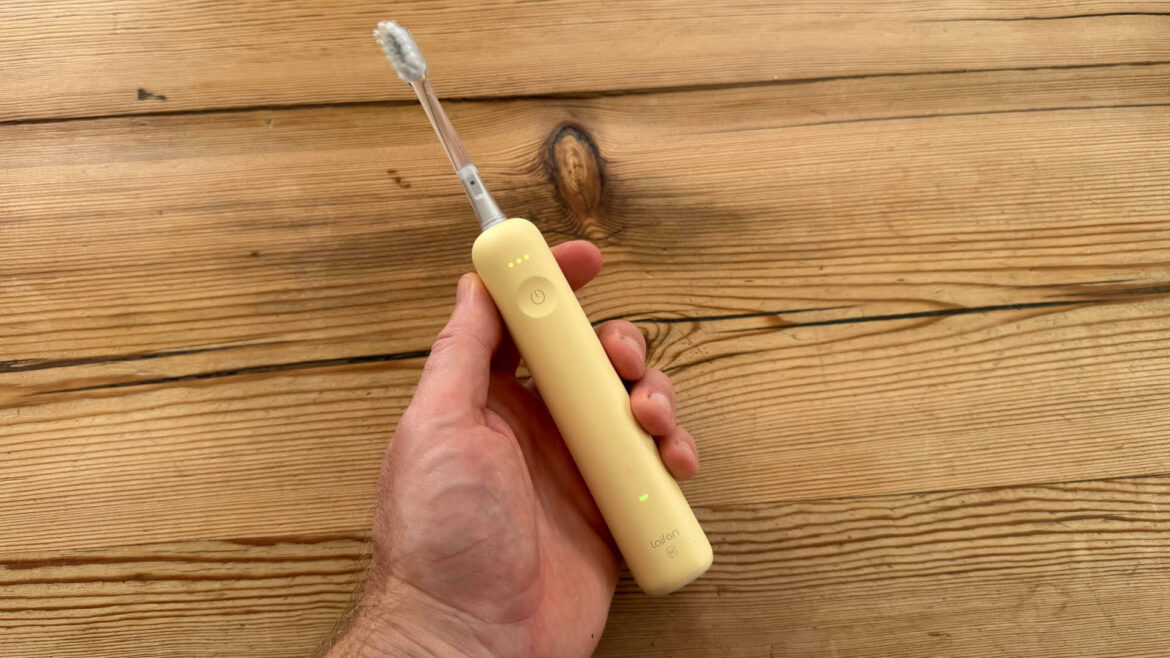Why you can trust TechRadar
We spend hours testing every product or service we review, so you can be sure you’re buying the best. Find out more about how we test.
Spoilers follow for all four episodes of Marvel Zombies.
Marvel Studios has a patchy record when it comes to its animated projects. Sure, there have been hits like X-Men 97, but other productions – in the main – like Eyes of Wakanda and What If…? have flattered to deceive.
It’s the latter that Marvel’s latest animated show, Marvel Zombies, takes its cue from. A continuation of the story told in What If…? season 1 episode 5, titled ‘What If… Zombies!?’, the comic giant’s first adult animated TV series is undeniably its most mature offering to date.
You may like
But, for all of its delightfully gory action and focus on the next generation of Marvel superheroes, it’s weighed down by the same storytelling issues that have plagued many of the studio’s other recent animated works.
The new avengers
Marvel Zombies opens five years after What If…? season 1 episode 5’s cliffhanger ending (Image credit: Marvel Television/Disney Plus)
A four-part miniseries, Marvel Zombies is set five years after the initial zombie outbreak. A cataclysmic event caused by a virus that Dr Hank Pym brought back from a trip to the Quantum Realm in ‘What If… Zombies!?’, the planet Earth of this universe, one that sits adjacent to the Marvel Cinematic Universe (MCU), has become a dystopia overrun by the undead.
Pockets of humanity remain, though, including a desperate groups of superpowered individuals who cling to survival against the odds. But, when a trio of heroes – Kamala Khan/Ms Marvel, Riri Williams/Ironheart, and Kate Bishop/Hawkeye – discover a key that could end the zombie scourge, the group embark on a dangerous, globetrotting journey to save their world.
It’s highly satisfying to see the next generation of Earth’s Mightiest Heroes take center stage
Marvel Zombies opening with the aforementioned triumvirate is intentional. Khan is arguably the protagonist of this story, with the optimistic and empathetic New Jersey-hailing hero being the center point that the plot is built around, as she reluctantly and then boldly leads the charge to end the zombie plague.
In Williams, Bishop and Khan, though, Marvel Zombies immediately sets out its stall to primarily focus on the new wave of superpowered beings who have begun to populate the MCU post-Avengers: Endgame.
Zombies doesn’t solely rely on that intrepid trio, either. From Shang-Chi and members of the Thunderbolts* to Moon Knight and Blade – the latter pair are admittedly spliced together to form a new yet incredibly cool individual called Blade Knight – it’s highly satisfying to see the next generation of Earth’s Mightiest Heroes take center stage.
Marvel Zombies puts the next generation of Earth’s Mightiest Heroes at the center of its narrative (Image credit: Marvel Animation/Disney+)
That said, it’s somewhat bittersweet that animated projects, such as What If…? and its zombie-based spin-off, mark the first time we’ve seen some of these popular heroes since their live-action MCU debuts – or, in Blade’s case, who’s only ‘appeared’ via an off-screen cameo in Eternals, at all.
You may like
An indictment of Marvel’s scattergun approach post-Endgame that’s seen the comic titan throw stuff at the wall and see what sticks with audiences, it’s a great shame that many of Marvel Zombies‘ leading lights are only now getting another chance to shine, albeit via an animated Disney+ production.
It’s surreal that Marvel Zombies is the first time Blade has actually appeared in a Marvel Studios project (Image credit: Marvel Animation/Disney+)
Irksome though that is, I will admit it was really fun to see interactions between characters who are yet to cross paths in the MCU.
While all-too-brief to be emotionally impactful, the Khan-Bishop-Williams dynamic is incredibly likable, as is the broader team-up between Khan, Red Guardian, Yelena Belova, Blade Knight, Shang-Chi and the latter’s bestie Katy that becomes the core collective for much of Marvel Zombies‘ run. I regularly revelled in seeing these individuals bounce off each other and re-demonstrate that whip-smart humor that Marvel projects are renowned for.
For all of the fun-filled rapport on display, though, Marvel Zombies was a bit too quippy and corny for my tastes on occasion. I wasn’t expecting the Marvel Phase 6 TV series to be a wholly miserably affair. Nonetheless, seeing Red Guardian and Zombie Captain America duke it out in what I can only describe as a slapstick showdown, or listening to eye-roll inducing jokes from FBI agent Jimmy Woo, just didn’t fit the mood or tone of the post-apocalyptic horror reality that Marvel Zombies takes place in.
The walking dead
Marvel Zombies pays tribute to some great horror-fuelled episodes of television (Image credit: Marvel Animation/Disney+)
Speaking of the hair-raising universe that Marvel Zombies exists in, Marvel doesn’t hold back in making its first TV-MA project as gruesome as possible.
Marvel Zombies‘ first trailer teased its brutality and, while I had hoped for a bit more in the way of ultra-violence, it goes harder than any other Marvel Studios movie or TV show to date. I cannot stress this enough, but it’s absolutely not family-friendly, nor is it for those who are squeamish or of the faint of heart.
Some of Marvel Zombies’ best set-pieces and scenes add real cinematic flair to proceedings
If you can stomach its hyper-violent tendencies, though, Marvel Zombies will reward horror fans through its clear homages to some fan-favorite genre fare. Indeed, whether it’s the dread-inducing ‘Hardhome’ episode of Game of Thrones, or scenes that reminded me of similar sequences in World War Z and Train to Busan, some of Marvel Zombies‘ best set-pieces and scenes add real cinematic flair to proceedings that occasionally conceal the mid-tier art style it retains from What If…?.
Parts of Marvel Zombies’ story, as well as its action sequences, leave a lot to be desired (Image credit: Marvel Animation/Disney+)
However, all the horror genre references in the world, nor positive things I’ve said about Marvel Zombies, can disguise my frustration with its wider narrative, though.
I’ll preface my criticism by saying there’s the skeleton of an engrossing story here. Indeed, its plot makes some interesting revisions to the world-building aspect of the MCU. The recycling of certain MCU technology to try and thwart the threat posed by the undead is put to good use, too.
Add in the previously discussed new-look Avengers team, the camaraderie that exists between them, and the prospect that none of them are immune from becoming the zombie horde’s next victim, and I actually appreciate some of the creative and narrative swings that Marvel Zombies takes.
Spider-Man’s appearance in Marvel Zombies is the main reason why it was turned into a TV show (Image credit: Marvel Animation/Disney+)
Nevertheless, Marvel Zombies is hamstrung by irritating storytelling components.
Whether it’s the rudimentary MacGuffin positioned as the answer to our heroes’ prayers, the decision not to pick up the story immediately after the cliffhanger ending in ‘What If… Zombies!?’ or a spate of character deaths that are significantly lacking in the gut-punching and/or tear-jerking department, at times Marvel Zombies can feel as emotionless as the reanimated corpses that inhabit its world. That’s before we even get onto my biggest gripe about a major narrative inconsistency that occurs in its final episode, which not only changes a key moment near the end of ‘What If… Zombies!?’, but is practically waved away without explanation.
Marvel Zombies is hamstrung by irritating storytelling components
Part of Marvel Zombies‘ plot-based problems might be the fact it’s a glorified TV show. Originally, it was designed to be a two-hour movie but, due to the complexities of the rights surrounding Spider-Man – don’t worry, the lead of ‘What If… Zombies!?’ plays a part of proceedings, albeit in a reduced role – that prohibits Marvel from using him in a feature film capacity without Sony’s consent, Marvel Zombies was turned into a limited series.
As a Spidey fanboy, I’ll always take any webslinger-based storytelling and action where I can. However, there’s no denying that his ongoing inclusion in this What If…? spin-off upsets Zombies‘ narrative rhythm.
My verdict
Marvel Animation’s Marvel Zombies | Official Trailer | Disney+ – YouTube
Watch On
I really wanted to like Marvel Zombies more than I did. That doesn’t mean it’s another average or poor offering from Marvel – indeed, there’s frightful fun to be had with its gratuitous violence, unexpected team-ups and universe-altering stakes. Based on its ending, there’s clearly an appetite to continue its story, too.
Nonetheless, if X-Men 97 is the high bar with which we judge projects developed by Marvel Animation, Zombies is something of a let down. That might be overly critical of me to say, especially when I also consider Zombies to be a better and more enjoyable Marvel TV Original than What If…? and Eyes of Wakanda.
Given my high expectations and excitement for Marvel’s first adult animated show, though, I can’t mask my disappointment for Marvel Zombies as an overall package. If its creative team gets another bite at the cherry with another season, I’d love nothing more for them to cure Zombies‘ narrative ailments. For now, though, Marvel Zombies is another project from the comic giant that’ll shuffle onto Disney+ and likely be forgotten about within a week or two.
Marvel Zombies is out now in full on Disney+.
Today’s best Disney Plus deals










